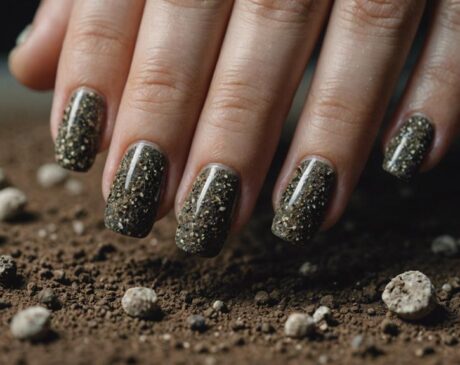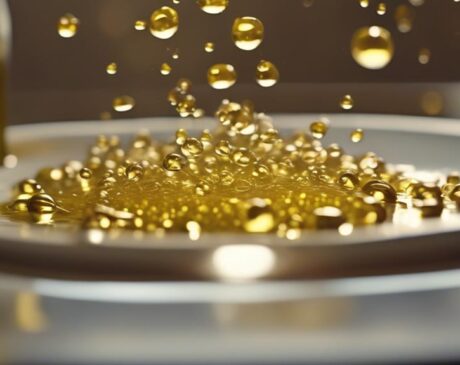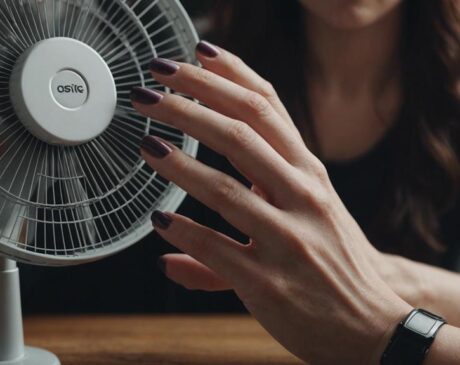What Are Reasons Nail Polish Won't Dry?
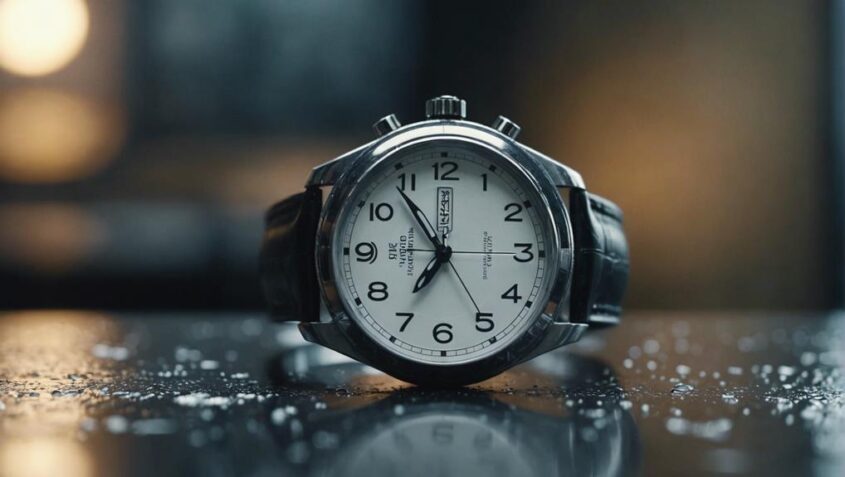
Poor ventilation during nail polish application can lead to prolonged drying times. It is important to have adequate airflow for the solvent to evaporate. Using well-ventilated areas or fans can help speed up the drying process. Applying thick layers of nail polish can also hinder drying. Opt for thin layers, as they dry more quickly and evenly. Quick-dry topcoats are great for expediting drying. If you want to know more reasons and solutions for nail polish not drying, find out how to achieve perfectly polished nails faster.
Key Takeaways
- Poor ventilation prolongs drying time; airflow is crucial for solvent evaporation.
- Thick layers hinder drying; apply thin layers and use quick-dry topcoats.
- High humidity slows drying; opt for low humidity, fans, or dehumidifiers.
- Quality nail polish dries efficiently; choose reputable brands with advanced technologies.
- Applying polish too quickly hinders drying; allow proper drying time between coats.
Poor Ventilation During Application
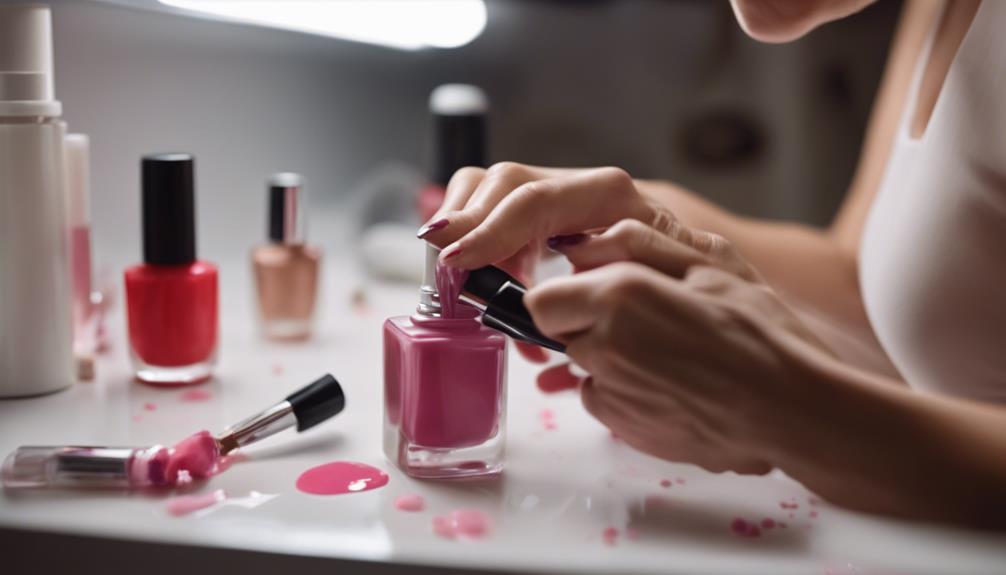
During application, poor ventilation can significantly prolong the drying time of nail polish. Adequate airflow is crucial for the evaporation of solvents in the polish, allowing it to dry efficiently. Without proper ventilation, the solvents evaporate at a slower rate, leading to a longer drying process. To combat this issue, consider applying nail polish in a well-ventilated area or using a fan to increase air circulation around your nails. Additionally, utilizing quick-dry topcoats or nail polish formulas specifically designed for rapid drying can help expedite the process even in poorly ventilated spaces.
Innovations in nail polish technology have introduced breathable formulas that allow for better air and moisture exchange, aiding in faster drying times even in less-than-ideal ventilation conditions. These innovative products promote not only quicker drying but also healthier nails by preventing moisture buildup underneath the polish. By incorporating these advanced formulations into your nail care routine, you can enjoy efficiently dried nail polish without the hindrance of poor ventilation.
Thick Layers of Nail Polish
Insufficient airflow during the application of nail polish can also contribute to extended drying times, particularly when thick layers of polish are applied. When thick layers of nail polish are brushed onto the nails, the solvents within the polish struggle to evaporate efficiently. This is because the solvents in the bottom layers have a harder time escaping through the thicker layers above them, leading to prolonged drying times. Furthermore, thick layers are more prone to smudging and denting since the surface may feel dry while the underlying layers remain wet.
To address this issue, consider applying multiple thin layers of nail polish instead of one thick layer. Thin layers dry more quickly and evenly since the solvents can evaporate more easily. Additionally, using quick-dry topcoats or nail polish formulas specifically designed for fast drying can help speed up the drying process, even with thicker layers of polish. By adopting these innovative techniques, you can achieve beautifully polished nails in less time.
Humid or Damp Environment
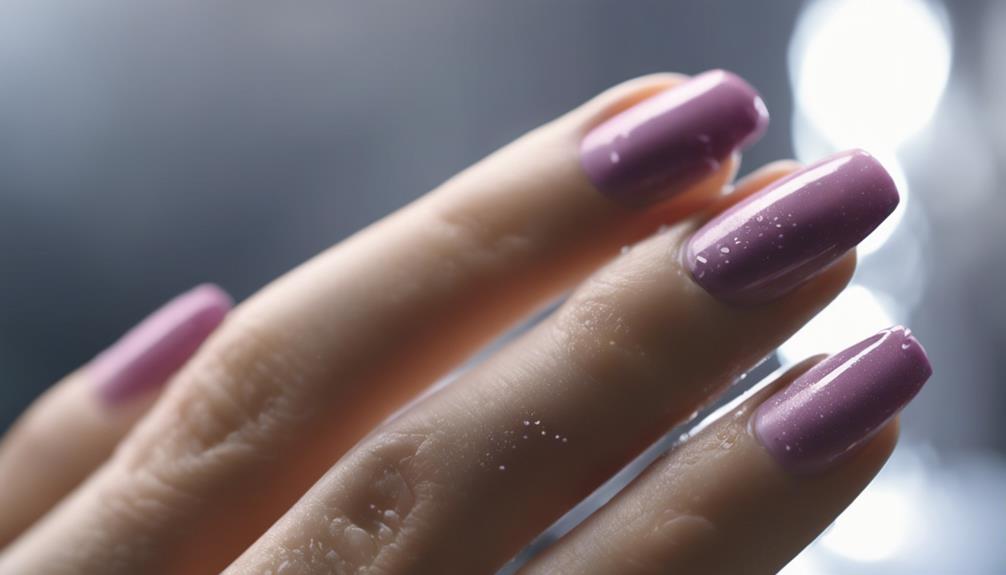
In a humid or damp environment, the drying process of nail polish can be significantly hindered. High levels of humidity in the air slow down the evaporation of the solvents present in the nail polish formula, preventing it from drying effectively. When exposed to moisture, the polish may remain tacky or smudge easily, leading to a less-than-desirable finish.
To combat this issue, it is recommended to apply nail polish in a well-ventilated room with low humidity levels. Using a fan or air conditioner can help reduce the moisture in the air, allowing the polish to dry more quickly and evenly. Additionally, waiting for a dry day to do your nails or using a dehumidifier in the room can also improve drying times.
Low-Quality Nail Polish Products
When selecting nail polish products, the quality of the formulation plays a crucial role in determining the drying efficiency and overall performance. Low-quality nail polish products often contain inferior ingredients that can impede the drying process. These formulations may lack quick-drying agents or have a higher water content, leading to prolonged drying times. Additionally, low-quality nail polishes may chip or smudge easily, even after appearing dry on the surface.
Investing in higher-quality nail polish brands can significantly enhance the drying experience. Premium nail polishes are formulated with advanced technologies that promote quick and even drying, ensuring a long-lasting and professional finish. These products often contain innovative ingredients that help accelerate the drying process without compromising on color intensity or durability.
When faced with nail polish that won't dry, consider the quality of the product being used. Opting for reputable brands known for their superior formulations can help eliminate drying issues and elevate the overall manicure experience.
Applying Polish Too Quickly
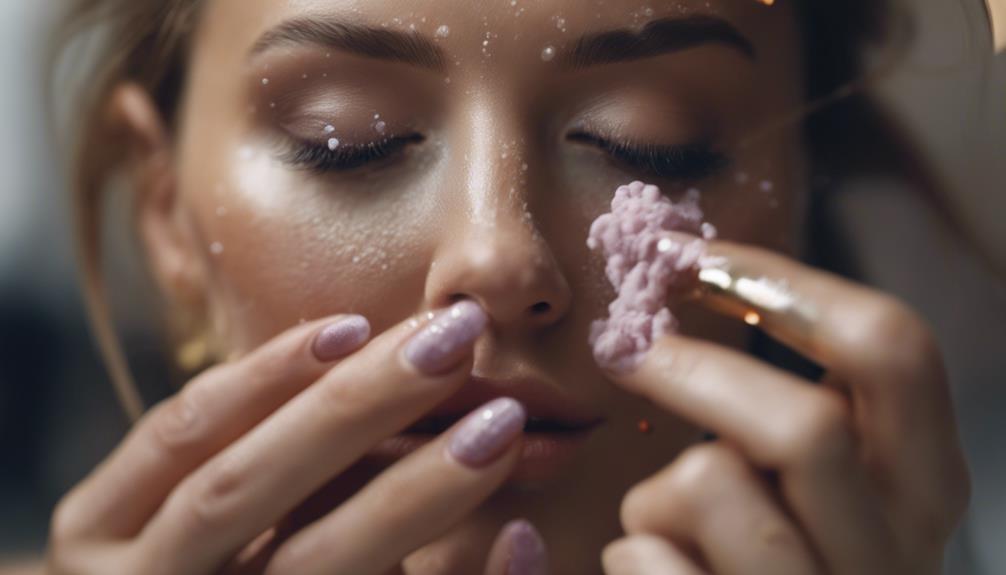
One common mistake that can hinder the drying process of nail polish is applying the polish too quickly after each coat. When nail polish is applied in rapid succession, the layers underneath remain wet, preventing the solvents in the polish from evaporating efficiently. This leads to a longer overall drying time and increases the chances of smudges or dents in the polish.
To ensure proper drying, allow each coat of nail polish an adequate amount of time to dry before applying the next layer. This time can vary depending on the brand and type of polish used, so it's essential to follow the recommended drying times provided on the product label. Additionally, using quick-dry nail polish formulas or a fast-drying top coat can help speed up the drying process and create a more durable finish.
Incorrect Drying Technique
When it comes to nail polish not drying, the drying technique plays a crucial role. Factors such as the time allowed for drying and the thickness of the polish application can significantly impact the overall drying process. Understanding these key points will help users achieve the desired results and ensure their nail polish dries effectively.
Time for Drying
Improper technique during the drying process of nail polish can significantly impact the time it takes for the polish to dry. To expedite the drying time, consider using quick-dry nail polish formulas or applying thin coats. Utilizing a fan or a quick-dry spray can also help accelerate the drying process. Another innovative approach is to dip freshly painted nails in ice water, as the cold temperature can help solidify the polish more rapidly. Additionally, avoiding thick layers of polish and ensuring each coat is fully dry before applying the next can contribute to a quicker overall drying time. By implementing these techniques, you can optimize the drying time of your nail polish for a flawless and efficient manicure experience.
Application Thickness
During the nail polish application process, the thickness of each coat plays a crucial role in determining the drying time and overall finish of the manicure. Applying nail polish too thickly can hinder the evaporation of solvents, leading to extended drying times and a higher likelihood of smudges or dents. Conversely, applying overly thin coats may result in an uneven finish and require additional layers, increasing the risk of overloading the nail. To optimize drying time and achieve a flawless manicure, it is recommended to apply thin, even coats of nail polish. This technique allows for efficient solvent evaporation, promoting quicker drying and a smoother, more durable finish. Experimenting with application thickness can lead to innovative nail polish techniques that enhance both the aesthetic and durability of your manicure.
Frequently Asked Questions
Can Nail Polish Dry Faster if I Blow on It?
Blowing on wet nail polish to expedite drying time is a common technique. The light airflow can help evaporate solvents in the polish, leading to faster drying. However, be cautious as excessive blowing might introduce dust or moisture.
Will Using a Hairdryer Speed up the Drying Process?
Utilizing a hairdryer can expedite the nail polish drying process by increasing airflow and heat application. This method is effective in reducing drying time, ensuring a quicker and more efficient completion of your manicure.
Does Shaking the Nail Polish Bottle Affect Drying Time?
Shaking the nail polish bottle before application can introduce air bubbles, affecting the finish and potentially prolonging drying time. To expedite the process, gently roll the bottle between your palms. This innovative technique promotes a smoother application and faster drying.
Can I Apply a Top Coat to Speed up Drying?
Applying a top coat can expedite drying time by creating a protective layer that helps seal in the color and promote faster evaporation of solvents. Quality top coats with fast-drying formulas can enhance efficiency.
Is It Better to Air Dry or Use a Fan for Faster Results?
When considering the expeditious drying of nail polish, utilizing a fan can be more efficacious than air drying alone. The increased airflow aids in faster evaporation of solvents, leading to quicker results.

